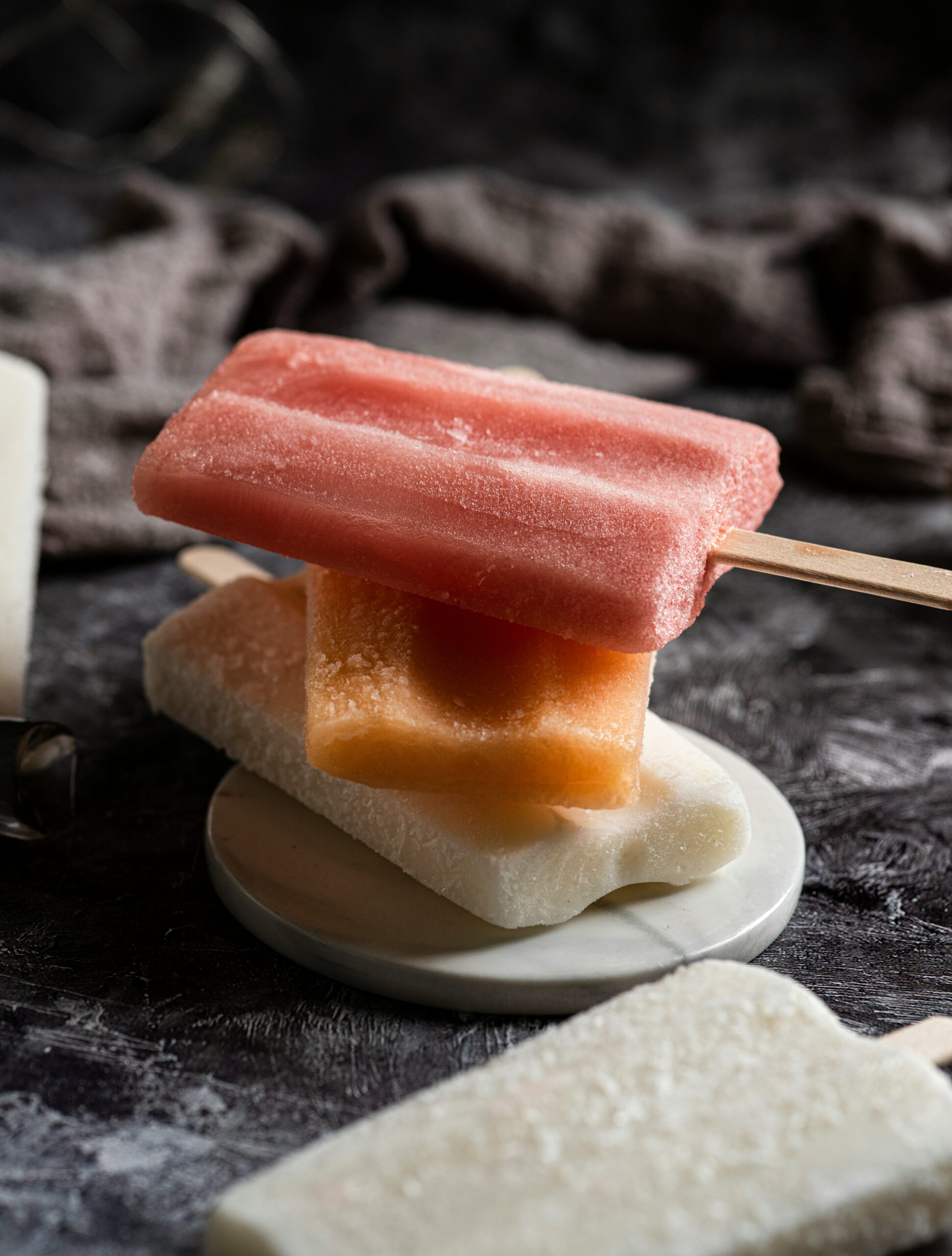Coca-Cola’s Q2 2025: Can Cane Sugar Sweeten Its Success?
By Maya Carter |

Coca-Cola’s Q2 2025 earnings revealed a company firing on all cylinders, posting $12.4 billion in revenue—a 3% rise that outpaced Wall Street’s $11.8 billion forecast. Meanwhile, a surprising announcement stole headlines: Coca-Cola will introduce a cane sugar-sweetened soda in the U.S. this fall, spurred by President Donald Trump’s push and Health Secretary Robert F. Kennedy Jr.’s campaign against high-fructose corn syrup (HFCS). This dual narrative of financial strength and a recipe shift has everyone talking, from soda fans to investors.
Why does this matter? For consumers, the cane sugar move taps into a growing demand for “natural” products, while tariffs and health debates raise questions about costs and benefits. For shareholders, Coca-Cola’s ability to exceed expectations despite economic pressures signals resilience. This article unpacks the company’s Q2 performance, the cane sugar pivot, and its implications for the $285 billion U.S. beverage market. You’ll see how Coca-Cola is navigating these changes and what’s at stake for its future.
Coca-Cola’s Financial Wins and Market Agility
A Stellar Q2 Performance
In Q2 2025, Coca-Cola delivered a financial knockout, with revenue climbing 3% to $12.4 billion, beating estimates by $600 million. Adjusted earnings per share hit 84 cents, topping forecasts by 3 cents. North America led the charge with a 4% volume spike, fueled by Coca-Cola Zero Sugar and sparkling waters, while Europe saw robust demand for low-sugar drinks. Social media buzz on X highlighted Coca-Cola’s knack for thriving amid challenges, with one user calling it “the ultimate comeback kid.”
Despite aluminum tariffs inflating can costs, Coca-Cola raised its full-year organic revenue growth outlook to 9-10%. CEO James Quincey noted potential shifts to plastic bottles to offset costs, a pragmatic move that showcases the company’s adaptability in a volatile market. This performance underscores Coca-Cola’s ability to balance consumer trends with economic pressures.
Why Coca-Cola Stands Out
Coca-Cola’s edge lies in its diverse portfolio and global footprint. Its investment in zero- and low-sugar options, like Coca-Cola Zero Sugar (up 14% in global volume in Q1 2025), aligns with health-conscious trends. The company’s $100 million sweetener research since 2008 has also paid off, enabling recipe tweaks without losing flavor. This flexibility sets it apart from rivals struggling to pivot.
Take “Mexican Coke,” a cane sugar-sweetened version popular in the U.S. since 2005. Its loyal fanbase, especially among Hispanic consumers, proves there’s demand for “authentic” flavors. Coca-Cola’s new cane sugar soda builds on this, blending nostalgia with strategic branding to capture market share. It’s a masterclass in turning consumer sentiment into opportunity.
The Cane Sugar Shift: Politics, Health, and Economics
Trump’s Push and Kennedy’s Influence
In July 2025, Trump took to Truth Social, claiming he convinced Coca-Cola to ditch HFCS for cane sugar in its U.S. soda, calling it “healthier and tastier.” The company confirmed a cane sugar-sweetened Coke will launch in fall 2025, though its core recipe will stick with HFCS. This move aligns with Kennedy’s “Make America Healthy Again” campaign, which labels HFCS a driver of obesity and diabetes. However, nutritionists like Dr. Dariush Mozaffarian note that cane sugar and HFCS have nearly identical health impacts, both linked to chronic diseases when overconsumed.
Coca-Cola’s decision to offer a cane sugar option, rather than fully replacing HFCS, is a calculated play. It caters to health-conscious and nostalgic consumers while avoiding a complete overhaul of its supply chain. This approach reflects a company attuned to both political pressures and market realities.
Opportunities and Obstacles
The cane sugar shift brings both promise and challenges:
- Market Appeal: A cane sugar Coke could capture premium buyers, mirroring the success of Mexican Coke and boosting brand loyalty.
- Health Perception: Cane sugar is seen as “natural,” aligning with Kennedy’s agenda, even if its health benefits are minimal.
- Cost Concerns: Switching to cane sugar could add $600 million in annual costs, especially with Trump’s 50% tariffs on Brazilian sugar imports starting August 2025. This could lead to higher prices for consumers.
- Economic Impact: The Corn Refiners Association warns that moving away from HFCS threatens U.S. corn farmers and jobs, a sentiment echoed in X posts calling the shift a “blow to agriculture.”
By introducing a niche cane sugar product, Coca-Cola sidesteps some risks while capitalizing on consumer and political trends. It’s like adding a new flavor to a beloved recipe—bold but not reckless.
Why This Is Making Waves
Coca-Cola’s cane sugar announcement and strong Q2 earnings have ignited debate across health, economic, and political spheres. Trump’s involvement, amplified by his quirky Diet Coke button in the Oval Office, has fueled chatter on X, with some users hailing the move as a health win and others dismissing it as political posturing. Kennedy’s anti-HFCS stance adds fuel, though experts caution that swapping sweeteners won’t solve obesity without broader dietary changes.
The beverage industry is also shifting, with low-sugar drinks like Coca-Cola Zero Sugar driving growth. Meanwhile, tariffs on cane sugar imports could raise soda prices, squeezing consumers already facing inflation. Coca-Cola’s ability to balance these forces—health advocacy, trade policies, and consumer demand—has made it a focal point in 2025’s economic narrative.
Where Is Coca-Cola Headed?
Coca-Cola’s Q2 2025 results and cane sugar launch paint a picture of a company thriving amid change. Its financial strength, driven by diverse products and global demand, positions it for growth, while the cane sugar soda taps into nostalgia and health trends. Yet, challenges loom: tariffs could inflate costs, and health experts urge moderation over sweetener swaps. Will the cane sugar Coke become a mainstream hit, or remain a specialty product?
For consumers, investors, or health enthusiasts, Coca-Cola’s next steps are worth watching. Do you think the cane sugar shift will change how you enjoy Coke? Drop your thoughts in the comments! For deeper insights, visit Coca-Cola’s investor relations page or check out industry news on trusted platforms.




